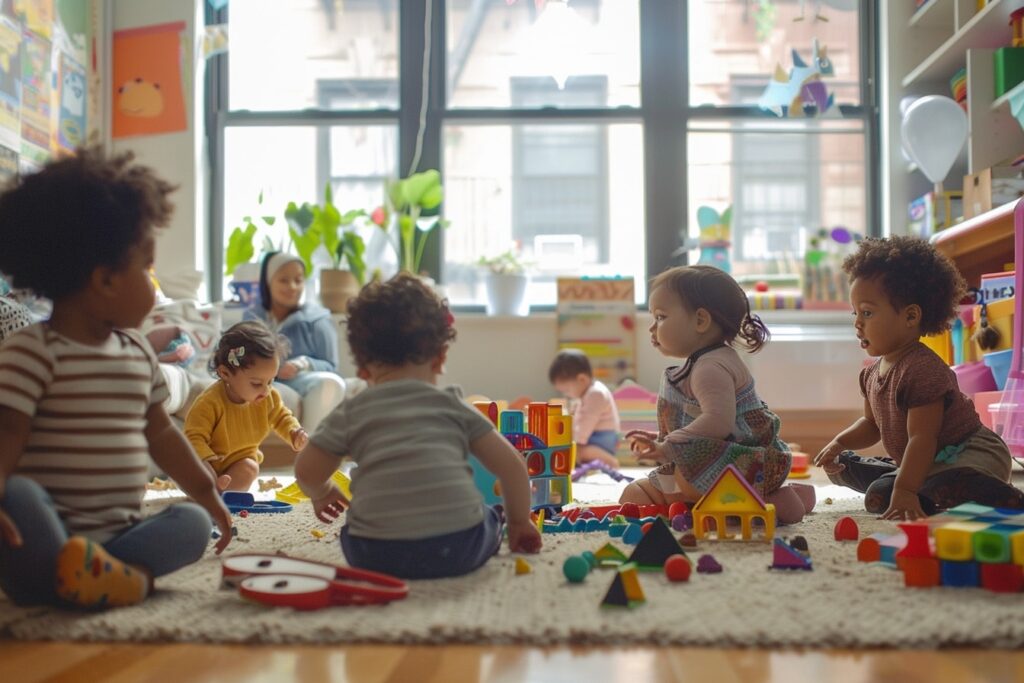Table of Contents
ToggleCelebrating Diversity: Cultivating an Inclusive Mindset in Baby
Introduction
Picture this: It’s a sunny afternoon, and you’re sitting in your cozy living room, surrounded by colorful toys scattered across the floor. Your little one, with eyes wide with wonder, is engrossed in a book depicting characters from different parts of the world, each with their own unique stories to tell. As you watch your child flip through the pages, you can’t help but marvel at the beauty of diversity unfolding before your eyes.
For many parents, the journey of raising a child is a tapestry woven with moments like these – moments that celebrate the rich mosaic of cultures, identities, and experiences that make up our world. But in a society often marked by division and exclusion, how can we ensure that our children grow up with open hearts and minds, ready to embrace the beauty of diversity?
This is where cultivating an inclusive mindset in our babies becomes not just a choice, but a responsibility – a responsibility to nurture empathy, understanding, and respect for all individuals, regardless of their background or beliefs. And it all starts with the simple act of celebrating diversity.
Research has shown time and again that exposure to diverse cultures and perspectives from a young age can have profound effects on a child’s development. From fostering empathy and compassion to promoting critical thinking and creativity, the benefits of raising inclusive children are immeasurable.
But beyond the research and studies lies a deeper truth – a truth that resonates in the everyday moments we share with our little ones. It’s in the way we read stories from different corners of the globe, the way we cook meals inspired by distant lands, and the way we welcome friends from all walks of life into our homes.
In this article, we’ll explore the myriad ways in which we can cultivate an inclusive mindset in our babies, from embracing multicultural toys and books to navigating difficult conversations about race and identity. Together, we’ll embark on a journey of discovery, learning, and growth – a journey that will not only shape the lives of our children but also pave the way for a more compassionate and inclusive future.
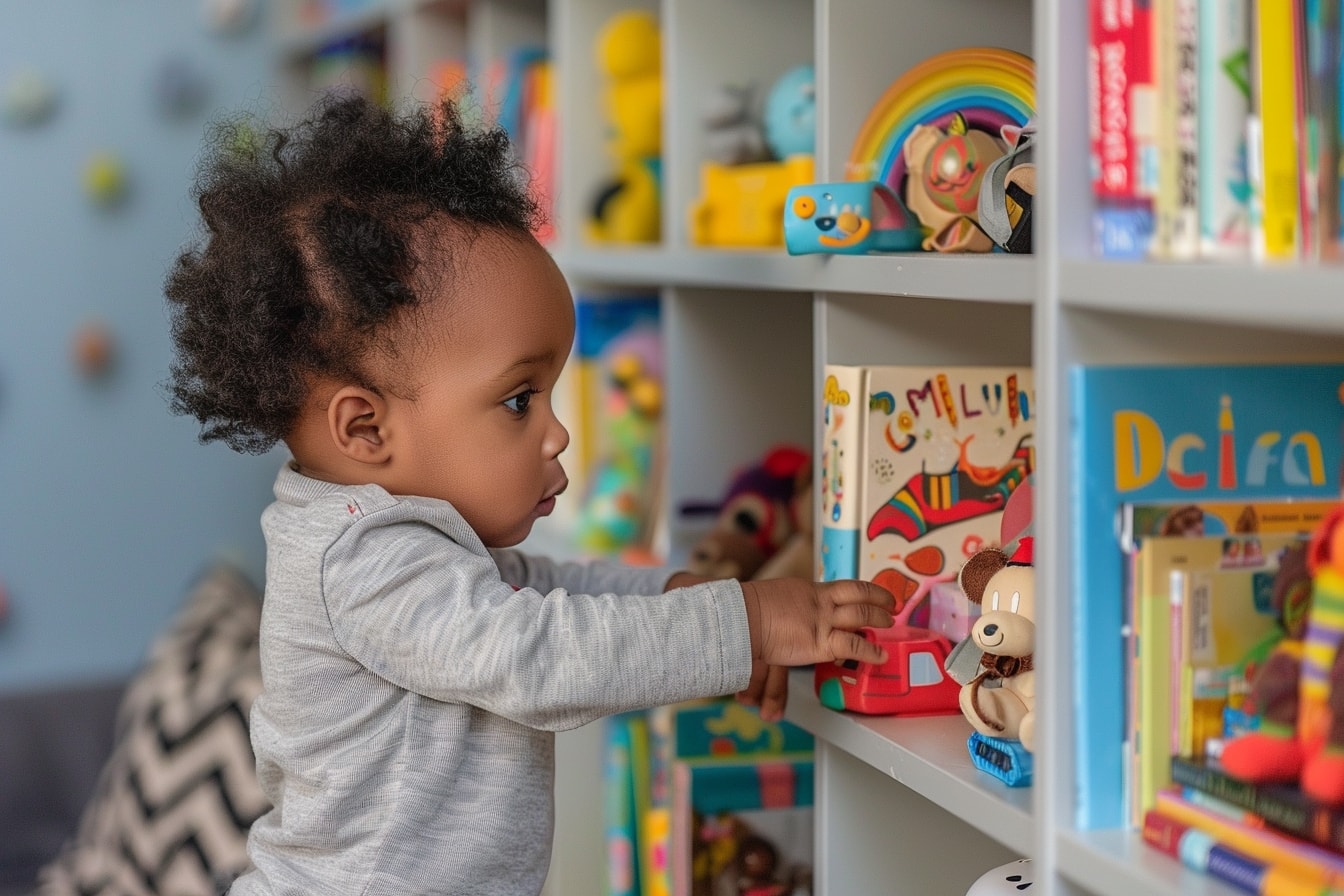
Embracing Multicultural Toys and Books
When it comes to fostering an inclusive mindset in our babies, few tools are as powerful as multicultural toys and books. These seemingly simple objects have the remarkable ability to open doors to worlds unknown, sparking curiosity, empathy, and a sense of connection in young minds.
Imagine your little one’s delight as they explore a toy market bustling with vibrant colors and sounds, or as they leaf through a book filled with tales of adventure and discovery from far-off lands. These experiences not only entertain but also educate, laying the foundation for a lifelong appreciation of diversity.
But with the plethora of options available on the market, choosing the right multicultural toys and books for your child can feel like a daunting task. That’s why it’s essential to seek out resources that not only reflect the diversity of our world but also provide meaningful opportunities for learning and exploration.
- Research Before You Buy: Before adding a new toy or book to your child’s collection, take the time to research its cultural authenticity and educational value. Look for reviews from parents and educators who can provide insights into how well the toy or book aligns with your values and goals.
- Diverse Representation Matters: When selecting toys and books, prioritize those that feature diverse characters and storylines. Seek out titles that celebrate different cultures, languages, and traditions, allowing your child to see themselves reflected in the stories they read and the toys they play with.
- Quality Over Quantity: Instead of filling your home with a multitude of toys and books, focus on curating a thoughtful collection that offers depth and variety. Choose toys that encourage imaginative play and problem-solving skills, and books that spark meaningful conversations and critical thinking.
As you introduce multicultural toys and books into your child’s life, pay attention to their reactions and interests. Notice which stories capture their imagination and which toys they gravitate towards. Use these cues as opportunities to delve deeper into topics of cultural diversity and identity, fostering open dialogue and exploration.
And remember, the journey of embracing multicultural toys and books is not just about providing entertainment – it’s about laying the groundwork for a more inclusive and empathetic future. By surrounding our children with diverse perspectives and experiences, we empower them to become compassionate global citizens, ready to embrace the beauty of our diverse world.

Creating a Welcoming Environment
As parents, we have the remarkable opportunity to shape the environments in which our children grow and thrive. By intentionally infusing our homes with elements of diversity and inclusivity, we create spaces where every child feels valued, respected, and celebrated for who they are.
But what does it mean to create a welcoming environment, and how can we ensure that our homes reflect the rich tapestry of cultures and identities that make up our world?
- Decorating with Cultural Flair: Transform your living space into a reflection of the diverse world around you by incorporating elements of different cultures into your home decor. Hang tapestries from distant lands, display artwork by artists of diverse backgrounds, and adorn your shelves with souvenirs collected from your travels. These visual cues not only add color and warmth to your home but also serve as conversation starters, inviting curiosity and appreciation for different cultures.
- Celebrating Traditions and Holidays: Infuse your family’s calendar with celebrations from a variety of cultural traditions and holidays. Whether it’s lighting candles for Diwali, decorating eggs for Easter, or sharing a feast for Thanksgiving, these rituals provide meaningful opportunities for learning and connection. Invite friends and neighbors to join in the festivities, fostering a sense of community and belonging for all who enter your home.
- Creating a Multilingual Environment: Embrace the richness of language by exposing your child to multiple languages spoken in your home. Whether you’re fluent in Spanish, French, or Mandarin, incorporating these languages into your daily interactions helps broaden your child’s linguistic abilities and cultural understanding. Label household items with words in different languages, sing songs in different tongues, and read bilingual books together to create a truly multilingual environment.
But beyond the physical aspects of decorating and celebrating lies a deeper truth – a truth that speaks to the essence of what it means to create a welcoming environment. It’s about fostering a sense of belonging, acceptance, and love in every interaction and every moment shared within the walls of your home.
It’s in the way you greet guests with open arms and warm smiles, regardless of their background or beliefs. It’s in the way you listen intently to stories from distant lands, eager to learn and understand. And it’s in the way you model kindness, empathy, and respect in your everyday interactions, showing your child what it means to truly embrace diversity.
So as you embark on the journey of creating a welcoming environment for your family, remember that the most important ingredient is love – love for yourself, love for others, and love for the beautifully diverse world we call home.
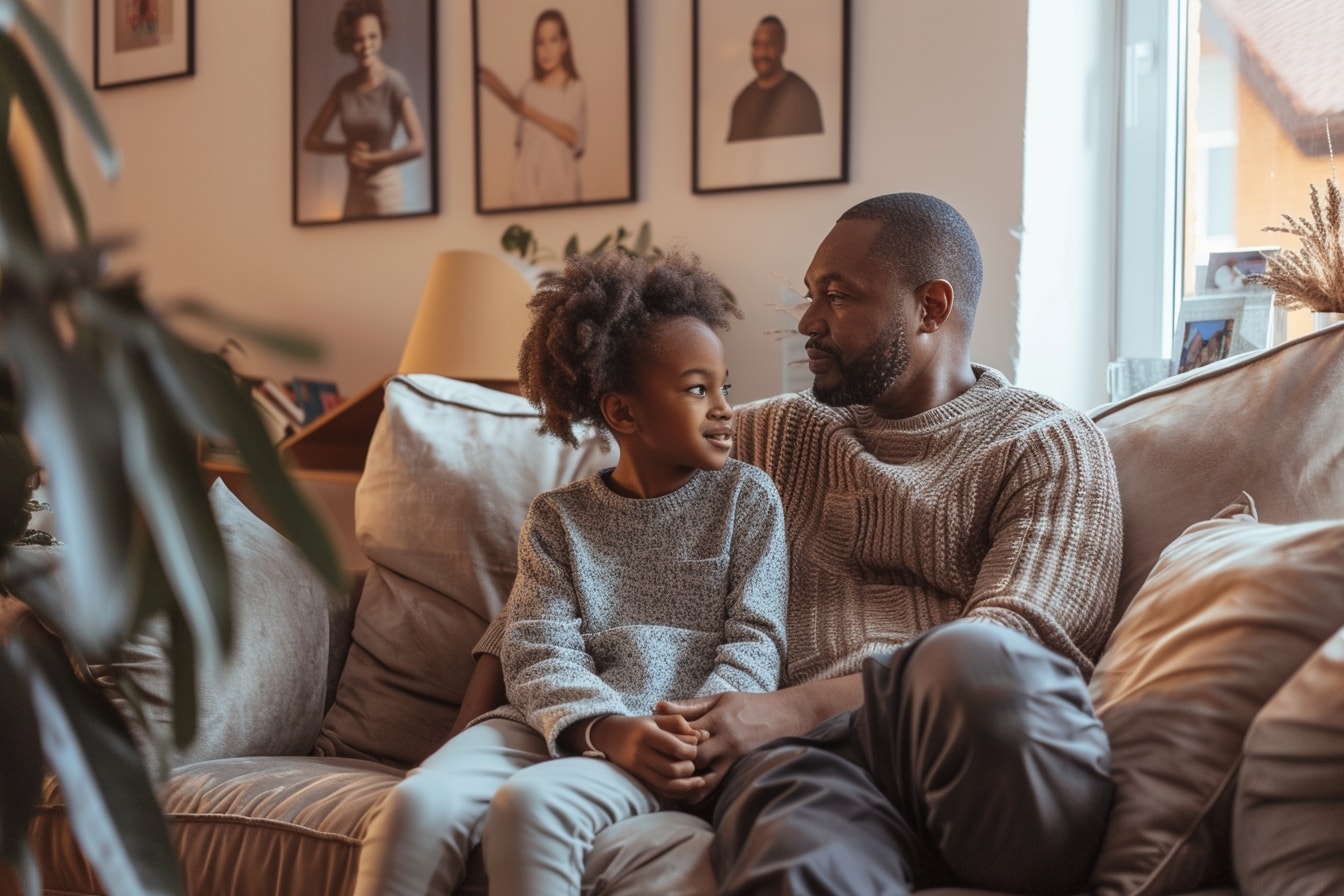
Navigating Difficult Conversations
As parents, we are often faced with the challenge of addressing complex and sensitive topics with our children – and perhaps none are more daunting than discussions about race, ethnicity, and identity. But despite the discomfort and uncertainty these conversations may bring, they are essential for nurturing empathy, understanding, and respect in our children.
So how can we navigate these difficult conversations with grace and compassion, ensuring that our children grow up with a nuanced understanding of diversity and inclusion?
- Start Early and Be Honest: From the moment your child begins to ask questions about the world around them, seize the opportunity to engage in open and honest discussions about diversity. Use age-appropriate language and examples to explain concepts such as race, ethnicity, and privilege, ensuring that your child feels comfortable asking questions and seeking clarification.
- Listen and Validate: Create a safe space for your child to express their thoughts, feelings, and questions about difficult topics. Listen actively and empathetically, validating their experiences and perspectives without judgment or criticism. Encourage curiosity and curiosity, fostering a sense of openness and trust in your relationship.
- Lead by Example: Model inclusive behavior and attitudes in your own interactions with others, both within and outside the home. Challenge stereotypes and biases when they arise, demonstrating to your child that it’s okay to question assumptions and seek out diverse perspectives. Embrace opportunities for learning and growth, showing your child that empathy and understanding are lifelong journeys.
But perhaps the most important aspect of navigating difficult conversations is recognizing that they are not one-time events, but ongoing dialogues that evolve and deepen over time. As your child grows and matures, so too will their understanding of complex issues such as race and identity.
Be prepared to revisit these conversations regularly, adapting your approach and language to meet your child’s changing needs and experiences. Provide age-appropriate resources and opportunities for learning, such as books, movies, and community events, that reinforce the importance of diversity and inclusion.
Above all, approach these conversations with humility, recognizing that you are not expected to have all the answers. Embrace the journey of learning and growth alongside your child, knowing that by engaging in these difficult conversations, you are helping to shape a future built on empathy, understanding, and respect for all.
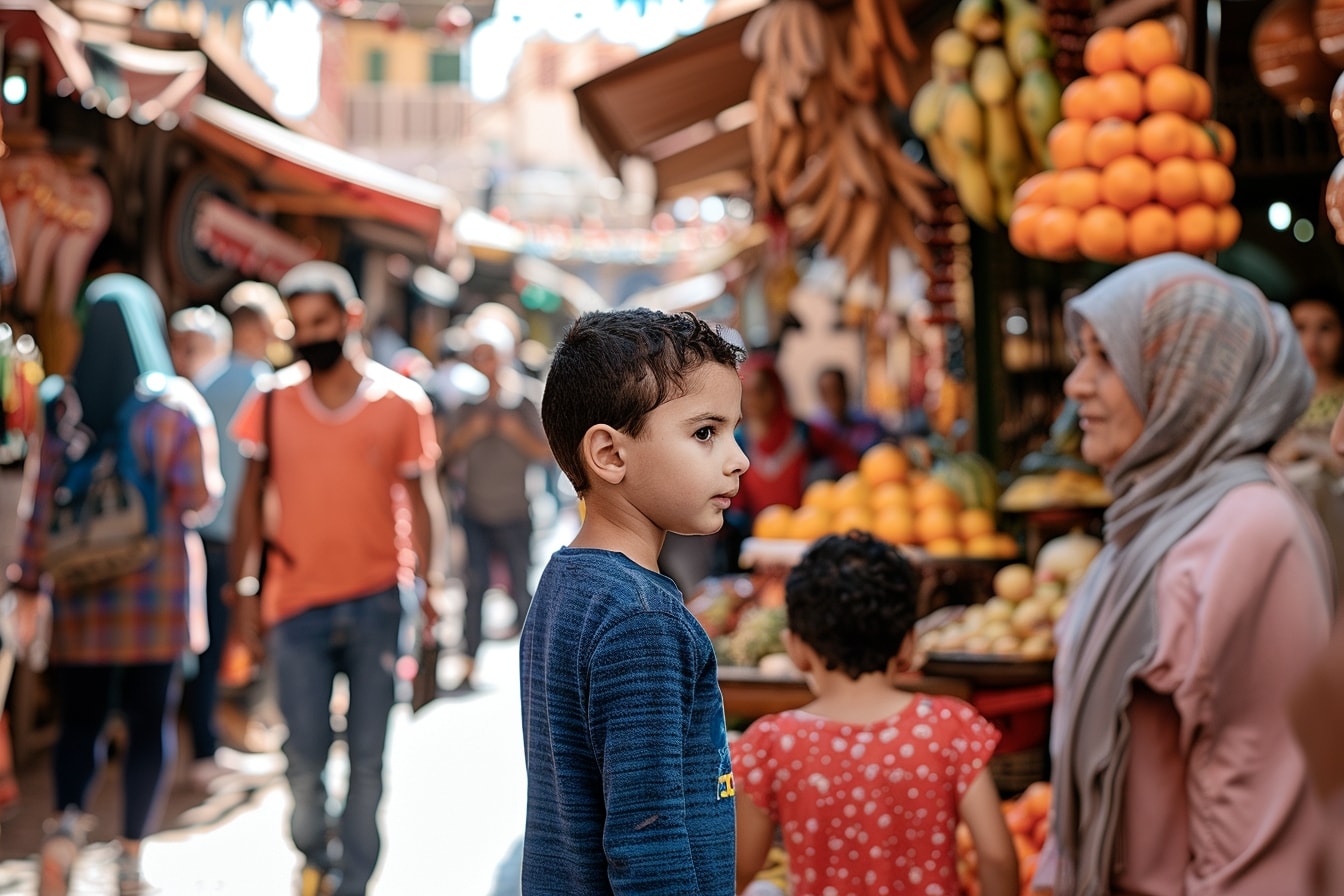
Engaging with Diverse Communities
As parents, we play a pivotal role in shaping our children’s worldview, and one of the most impactful ways we can do so is by exposing them to diverse communities beyond their own. By immersing our families in multicultural experiences and fostering connections with people from different backgrounds, we lay the groundwork for a more inclusive and empathetic society.
But how exactly can we engage with diverse communities in meaningful ways, and why is it so important for our children’s development?
- Explore Cultural Events and Festivals: Seek out opportunities to attend cultural events and festivals in your community, where you and your child can immerse yourselves in the sights, sounds, and flavors of different cultures. Whether it’s a vibrant parade celebrating Chinese New Year or a lively street fair showcasing Caribbean music and cuisine, these events provide valuable opportunities for learning and connection.
- Connect with Local Organizations: Research local organizations and community groups that celebrate diversity and promote inclusivity, and consider getting involved as a family. Whether it’s volunteering at a multicultural center, participating in a community service project, or joining a cultural exchange program, these experiences help broaden your child’s horizons and foster a sense of belonging to something greater than themselves.
- Embrace Online Communities: In today’s digital age, the internet offers endless opportunities for connecting with diverse communities from around the world. Encourage your child to explore online forums, social media groups, and virtual events that celebrate different cultures and perspectives. Engage in conversations with people from diverse backgrounds, sharing stories, ideas, and experiences that broaden your child’s understanding of the world.
But beyond the educational and cultural benefits of engaging with diverse communities lies a deeper truth – a truth that speaks to the heart of what it means to be human. It’s about forging connections, building bridges, and recognizing the inherent dignity and worth of every individual, regardless of their background or beliefs.
By exposing our children to diverse communities and experiences, we not only expand their worldview but also instill in them the values of empathy, compassion, and respect. We teach them that diversity is not something to be feared or avoided but celebrated and embraced as a source of strength and beauty in our world.
So as you embark on the journey of engaging with diverse communities with your family, remember that the most meaningful connections are forged not through mere observation but through active participation and genuine engagement. Open your hearts, open your minds, and open your arms to the rich tapestry of humanity that surrounds you – for in doing so, you pave the way for a brighter, more inclusive future for us all.
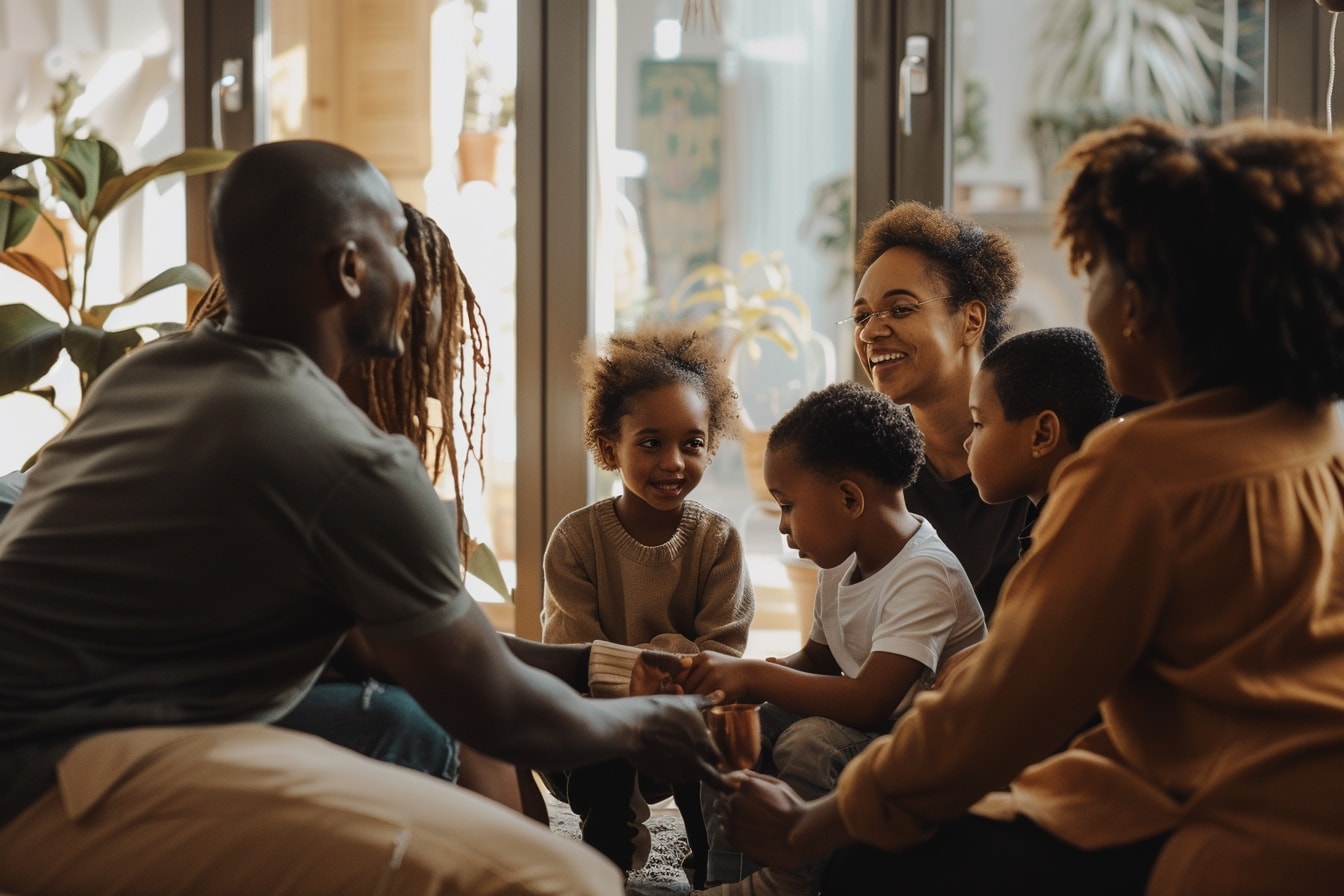
Leading by Example
As parents, we are the first and most influential role models in our children’s lives. Our actions, attitudes, and behaviors shape the way they perceive the world and their place in it. When it comes to fostering an inclusive mindset in our children, leading by example is not just important – it’s essential.
But what does it mean to lead by example, and how can we ensure that our words and actions reflect the values of empathy, respect, and inclusivity that we wish to instill in our children?
- Practice What You Preach: Be mindful of the messages you convey through your words and actions, both consciously and unconsciously. Model inclusive language and behavior in your interactions with others, avoiding stereotypes and biases that perpetuate discrimination and inequality. Show your child that respect for diversity is not just a value to be preached but a principle to be lived.
- Challenge Stereotypes and Biases: Take a proactive approach to addressing stereotypes and biases whenever they arise, whether it’s in the media, in conversation, or in your own thoughts. Encourage critical thinking and empathy by asking questions, examining assumptions, and seeking out diverse perspectives. Teach your child to see beyond surface differences and recognize the humanity and individuality of every person they encounter.
- Extend Kindness and Compassion: Cultivate a culture of kindness and compassion in your home, where empathy and understanding are valued above all else. Encourage acts of kindness towards others, whether it’s helping a neighbor in need, standing up for someone who is being treated unfairly, or simply offering a smile and a listening ear to a friend in distress. Show your child that small gestures of kindness can have a ripple effect, spreading love and positivity throughout the world.
But perhaps the most powerful way we can lead by example is through our own commitment to personal growth and self-awareness. By acknowledging our own biases and shortcomings, we demonstrate to our children that learning and growth are lifelong pursuits – ones that require humility, introspection, and a willingness to change.
So as you navigate the complexities of parenting in an increasingly diverse world, remember that the most profound lessons are often taught not through words but through actions. Be the change you wish to see in the world, and watch as your children follow in your footsteps, becoming compassionate, inclusive leaders in their own right.
As we reach the end of our journey exploring the myriad ways to celebrate diversity and cultivate an inclusive mindset in our babies, it’s important to pause and reflect on the lessons we’ve learned and the growth we’ve experienced along the way.
Throughout this article, we’ve delved into the importance of embracing multicultural toys and books, creating welcoming environments, navigating difficult conversations, engaging with diverse communities, and leading by example. Each of these strategies offers valuable insights and practical guidance for raising compassionate, empathetic children who appreciate the beauty of diversity.
But beyond the practical tips and techniques lies a deeper truth – a truth that speaks to the heart of what it means to be human. It’s the understanding that diversity is not just a concept to be understood or a box to be checked – it’s a fundamental aspect of the human experience, woven into the fabric of our identities and our communities.
By celebrating diversity and fostering inclusivity in our homes and in our hearts, we not only enrich our own lives but also pave the way for a brighter, more compassionate future for generations to come. We teach our children that difference is not something to be feared but embraced, that empathy and understanding are our greatest strengths, and that together, we can create a world where everyone feels valued, respected, and loved.
So as we bid farewell to this article, let us carry forward the lessons we’ve learned and the connections we’ve made, knowing that each small act of kindness and each moment of understanding brings us one step closer to the world we dream of – a world where diversity is celebrated, inclusion is the norm, and love knows no bounds.
Want to take your knowledge to the next level? Check out these must-read articles:
- Balancing Structure and Flexibility: A Growth Mindset in Routine
- BabyLed Weaning and Independence: A GrowthFocused Approach
Organize your baby’s wardrobe with our baby clothes closet organizer products! Our organizers are designed specifically for baby clothes. Get your baby’s clothes neat and tidy with our selection of organizers – shop now!
Step into Sue Brown's World of Baby Care, where you'll find a treasure trove of knowledge and wisdom waiting to be explored. Sue's dedication to providing accurate and up-to-date information on baby care shines through in every article, blog post, and resource she shares. From newborn essentials to sleep training tips, breastfeeding advice to nurturing your baby's development, Sue covers a wide range of topics that are essential for every parent to know. Her warm and compassionate approach creates a sense of community and reassurance, making her website a safe haven for parents seeking guidance and support. Let Sue Brown be your partner in this beautiful journey of parenthood, as she empowers you to create a loving, nurturing, and thriving environment for your little one.
- Embracing Toy Minimalism: Quality Over Quantity - June 30, 2025
- The Nap Transition Guide: Navigating Changing Sleep Needs - June 29, 2025
- Baby Skincare Simplified: Evidence-Based Approaches - June 28, 2025

